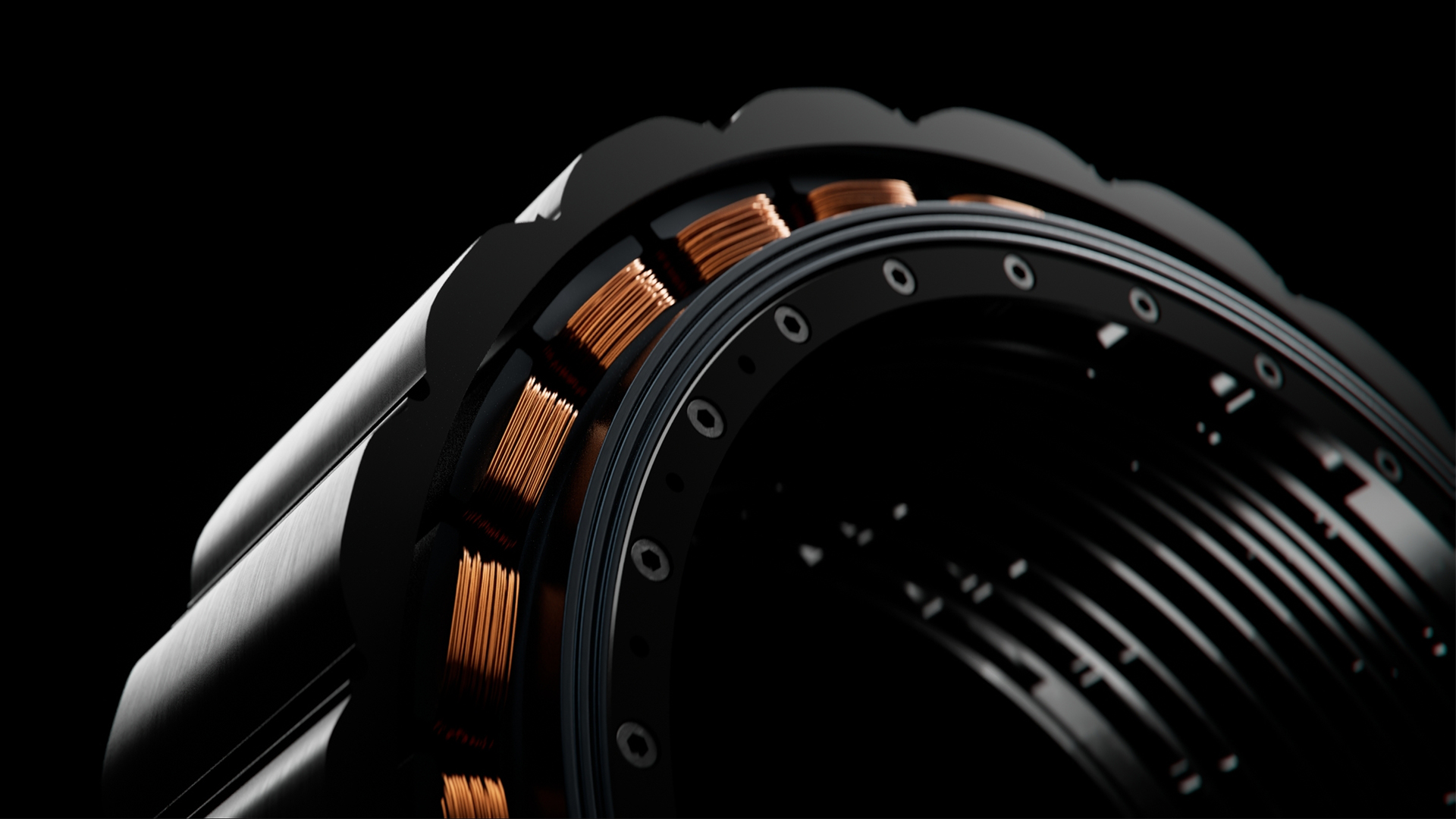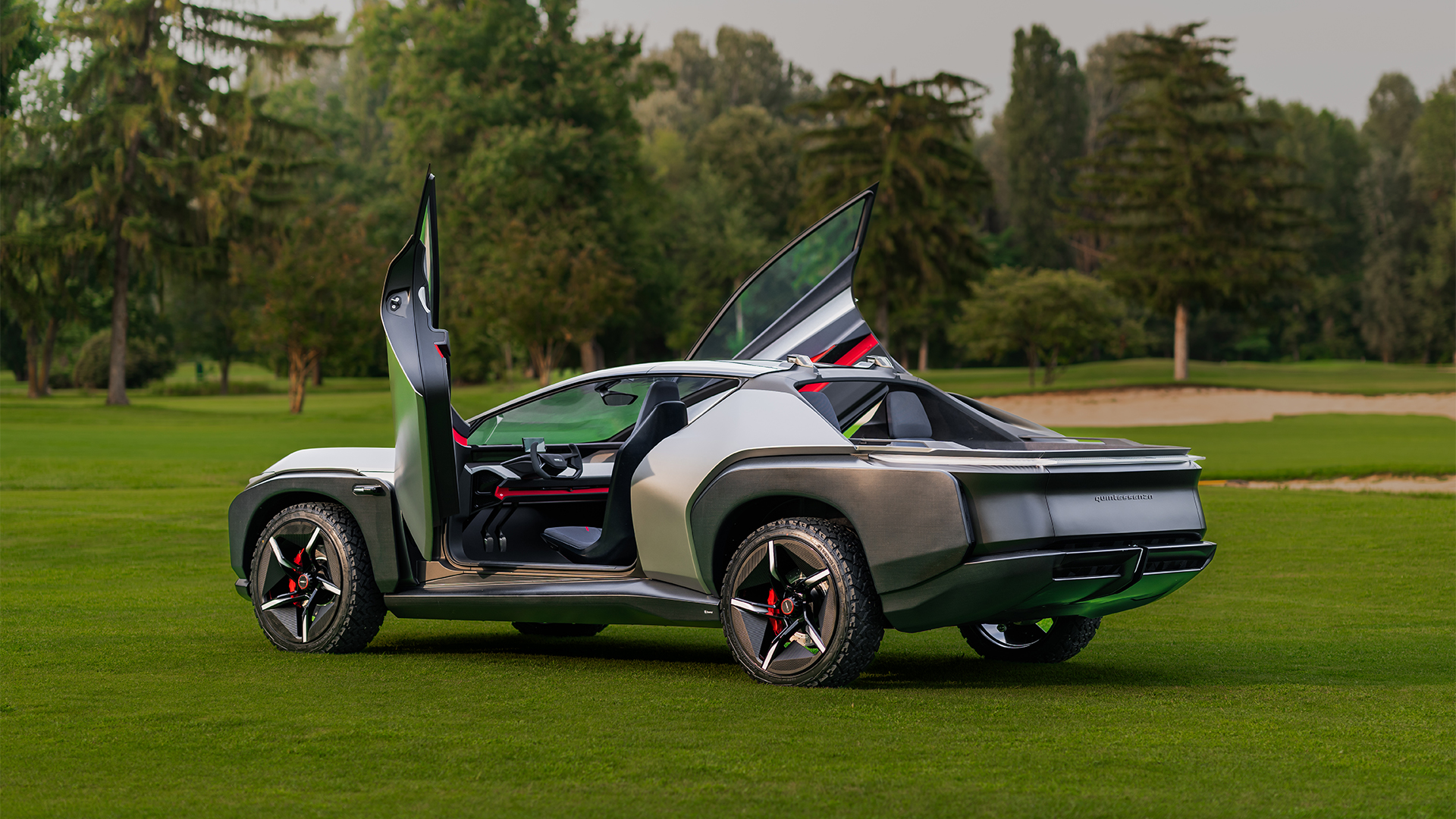- Lighter, powerful and more affordable in-wheel motors are on the horizon
- Elaphe Propulsion Technologies revealed a 2,000bhp supercar concept
- Donut Lab says its motors can power an array of products
Most modern electric vehicles use an electric motor that powers either the front or rear axle – or both, if it is equipped with all-wheel-drive and two motors. This works perfectly fine, but it isn't the most efficient solution, seeing as energy (and therefore battery range) is lost to mechanical friction via the transmission, driveshafts and whatnot.
What’s more, car designers and engineers are relatively limited in the way they can package new vehicles, having to shoehorn in the required plumbing for a bulky electric drivetrain.
The next big thing in EV land is the introduction of in-wheel motor (IWM) technology, which has been around for decades but has taken a long time to refine to a point where it can affordably and realistically be introduced into production cars.
Donut Lab, a subsidiary of Verge Motorcycles – the futuristic electric motorcycle brand that pioneered in-wheel motor technology on high-performance two-wheeled transport – showcased the latest generation of its technology at this year’s CES 2025, and it has the potential to change the game again.
In-wheel motor technology has been considered too expensive, under-powered and too bulky for mass-produced cars, seeing as a huge amount of weight is essentially positioned in an area (the wheels) that need to be as light as possible – a concept dubbed ‘unsprung mass’ by automotive boffins that refers to anything that isn’t supported by the vehicle’s suspension system.

It plays a pivotal role in how a vehicle handles, but Donut Lab says its latest motor technology can be as light as 40kg, yet deliver a power-to-weight ratio that far exceeds anything that is currently on the market. Unsprung mass becomes a moot point.
The company’s CEO, Marko Lehtimäki, says that an automotive-spec, 21-inch version can deliver a gut-punching 630kW of power, which is 845hp. Multiply that figure by four, and the next generation of supercars could easily produce 3,380hp, if manufacturers can figure out how to transfer that power to the road beneath.
Silly supercar daydreams aside, the technology will more likely be used in a more restrained manner, with a couple of lightweight and less powerful in-wheel motors powering the rearmost wheels, which could still yield a heady 600-800hp, without the associated costs.
There’s a 17-inch application for motorcycles, which delivers around 200hp (that’s up there with most modern superbikes) that only weighs 21kg, while a 12-inch version weighs just 8kg.
Lehtimäki says that his company has managed to extract class-leading performance with “a smaller quantity of active materials,” meaning that manufacturers can jump on the in-wheel motor bandwagon and save as much as 50 per cent in manufacturing costs compared to traditional EV motors.
Analysis: The wheels are in motion

Donut Lab wasn’t the only in-wheel motor pioneers on display at CES this year, as Slovenian firm Elaphe Propulsion Technologies also showcased its ultra-thin Sonic 1 hardware that’s capable of developing 268hp, while allowing enough space inside a 21-inch wheel for standard high-performance disc brakes.
This would make the motors suitable for use in high-performance driving situations, such as on the racetrack, where reliable and predictable braking power is essential.
The company showcased its tech in the Italdesign Quintessenza concept, which takes the form of a futuristic electric pick-up/SUV hybrid that packs a Sonic 1 motor in each wheel for over 2,000hp.
Elaphe says it is working on mass production concepts that it hopes it can develop alongside OEMs. However, don't expect to see a production version until 2030 or later.

Despite those lengthy time frames, the race is on to be the first to introduce in-wheel motors to the buying public. BMW announced last year that it was working with Munich-based electric motor engineers DeepDrive to develop in-wheel motor technology that could be scaled to a point where it makes financial sense for mass-produced EVs.
Similarly, serial innovator Hyundai Motor Group has been working on and refining its ‘Uni Wheel’ technology since 2023.
There’s been no update on recent progress, but the Korean company said that the technology could completely change the way it packages EVs in the future, helping it to improve battery range and massively increase the durability of its motor units.
You might also like
- Exclusive: Inside Hyundai's bid to make a Transformers-style 'walking car'
- And that’s how it all started: AI managed to design a robot that walks — from scratch, and in less than 60 seconds
- I rode the world’s first fully electric adventure motorcycle – and it’s the future aside from one big drawback
from Latest from TechRadar US in News,opinion https://ift.tt/XDPFkip

0 coment�rios: